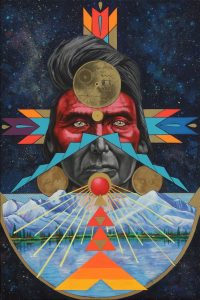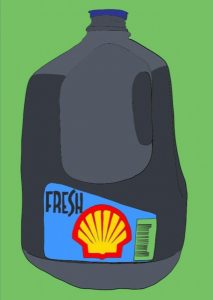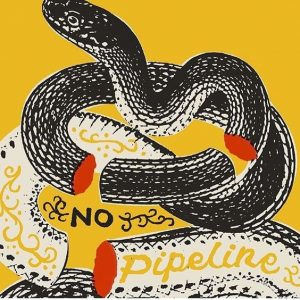A lot of the issues, artists and news that have been covered on the blog this past spring and summer have now been collected in an exhibition at the Minnesota Museum of American Art. Called “We The People”, the exhibition investigates just what constitutes the American nation, and who are being excluded, at this point in history. It’s not just about the Native American experience but it is a big part of it. Among the Native American subjects that are tackled are Standing Rock, cultural appropriation and social consciousness in general.
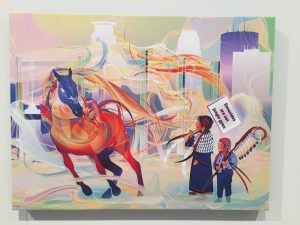
Any believable approach to contemporary identity has to include the digital realm. Some of the work included in the exhibition seem to directly concern art’s relation to social media. For those thirsting for information, there is a lot to be found on the internet. But the tempo on social media is dizzying fast and one thing, or hashtag, is quickly replaced by another. Can art interface with this rapidity or is it doomed to always be one step behind? The exhibition offers two answers from two different art works. Marlena Myles’ “Dakota 38 + 2 Prayer Horse” is technically and aesthetically a very pleasing piece of work. But thematically it seems to arrive too late. Myles has taken the controversy of Sam Durant’s planned sculpture “Scaffold” at Minneapolis Sculpture Park as her subject. But as the conflict has already been elegantly resolved the painting has turned sadly obsolete and irrelevant.
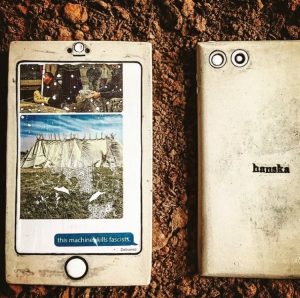
Cannupa Hanska has another approach. He was a notable presence at the protests at Standing Rock and his “The Weapon Is Sharing (This Machine Kills Fascists)” (2017) follows up on those protests. Like Myles’ painting this is thus a highly topical work but it manages to transcend the specific to make a comment on the nature of digital documentation in general. Hanska has recreated cellphones out of clay and printed photographs from the protests at Standing Rock onto them. He thereby gives them permanence beyond the momentary and ephemeral. At the same time, the mimicking of historical artefacts will infiltrate the archives with a narrative of resistance and protest. Cannupa Hanska’s eloquent explanation is worth quoting:
The exhibition is curated by four people with different backgrounds, and besides a strong Native presence the curators weigh heavily on LGBTQ themes, and issues of African American identities.
It seems like an important exhibition and I wish I could visit but it’s a little off the beaten path for me.
The exhibition runs August 17 – October 29, 2017.
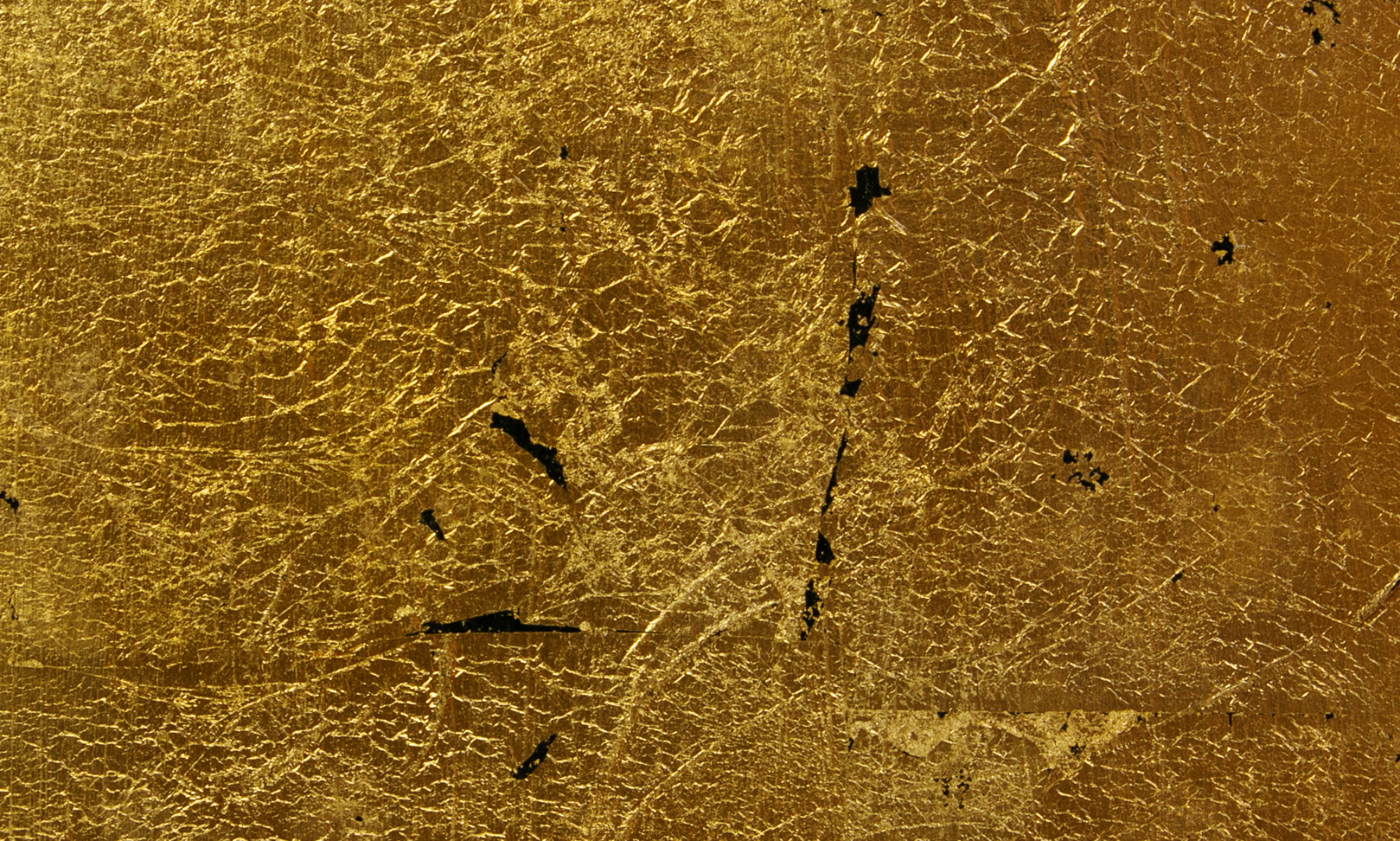

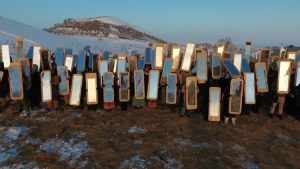 humanity “underneath their uniforms—and [make them] realize that they are also on our side” (
humanity “underneath their uniforms—and [make them] realize that they are also on our side” (